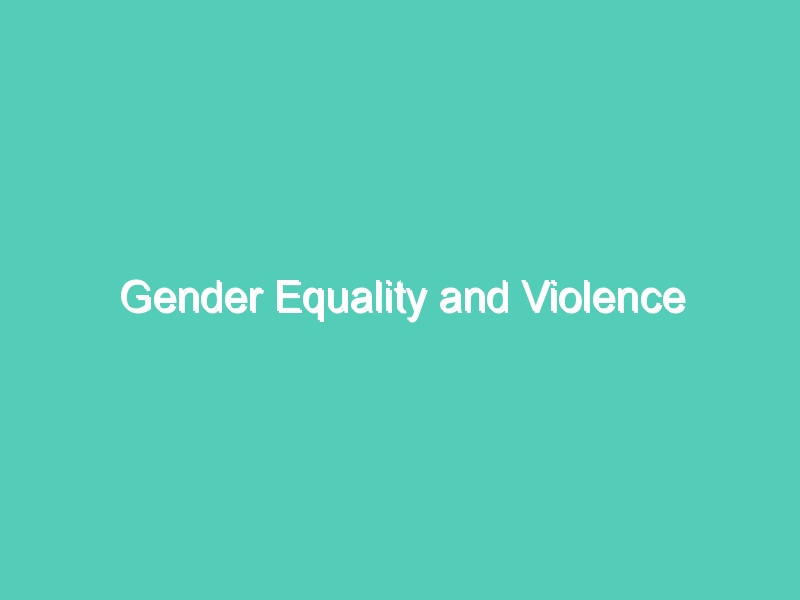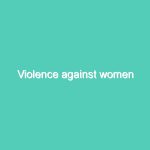In this section Gender equality is at the very heart of human rights and United Nations values. A fundamental principle of the United Nations Charter adopted by world leaders in 1945 is “equal rights of men and women“, and protecting and promoting women’s human rights is the responsibility of all States. The High Commissioner for Human Rights recently pledged to be a Geneva Gender Champion committing to advance gender equality in OHCHR and in international fora.
Yet millions of women around the world continue to experience discrimination:
- Laws and policies prohibit women from equal access to land, property, and housing
- Economic and social discrimination results in fewer and poorer life choices for women, rendering them vulnerable to trafficking
- Gender-based violence affects at least 30% of women globally
- Women are denied their sexual and reproductive health rights
- Women human rights defenders are ostracized by their communities and seen as a threat to religion, honour or culture
- Women’s crucial role in peace and security is often overlooked, as are the particular risks they face in conflict situations
Moreover, some groups of women face compounded forms of discrimination — due to factors such as their age, ethnicity, disability, or socio-economic status — in addition to their gender.
Effectively ensuring women’s human rights requires, firstly, a comprehensive understanding of the social structures and power relations that frame not only laws and politics but also the economy, social dynamics and family and community life.
Harmful gender stereotypes must be dismantled, so that women are no longer viewed in the light of what women “should” do and are instead seen for who they are: unique individuals, with their own needs and desires.
The international framework
Discrimination based on sex is prohibited under almost every human rights treaty – including the International Covenant on Civil and Political Rights and the International Covenant on Economic, Social and Cultural Rights, which under their common article 3 provide for the rights to equality between men and women in the enjoyment of all rights.
In addition, there are treaties and expert bodies specifically dedicated to the realization of women’s human rights:
The Convention on the Elimination of Discrimination Against Women (CEDAW)
Considered the international bill of rights for women, the Convention defines what constitutes discrimination against women and sets an agenda for national action to end such discrimination. It was adopted by the United Nations in 1979 and came into force on 3 September 1981.
Oversight of the Convention is the task of the Committee on the Elimination of Discrimination against Women, a group of 23 independent experts on women’s rights from different States that have ratified the Convention. Countries that are parties to the Convention must submit reports detailing their compliance with its provisions every four years. The Committee (the treaty body) reviews those reports and may also hear claims of violations and inquire into situations of grave or systemic contraventions of women’s rights.
The Special Rapporteur on violence against women
In 1994 the United Nations resolved to appoint a Special Rapporteur – an independent expert — on the causes and consequences of violence against women. The Special Rapporteur investigates and monitors violence against women, and recommends and promotes solutions for its elimination.
In 2010 the Human Rights Council established a Working Group on the issue of discrimination against women in law and in practice to promote the elimination of laws that discriminate against women and/or have a discriminatory impact on them.
Women and gender in conflict contexts



